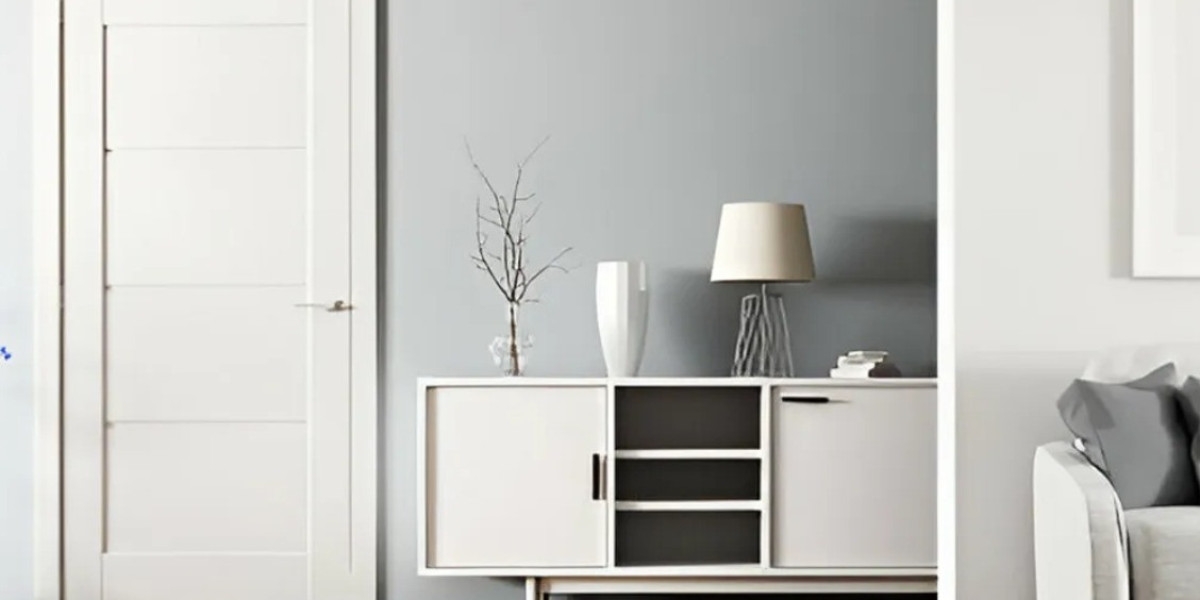When considering a renovation or upgrade that seamlessly blends style with functionality, the frosted glass door emerges as a premier choice for modern interiors. Specifically, the frosted glass interior door has become a hallmark of contemporary design, offering a perfect solution for homeowners seeking to enhance light flow while maintaining a sense of privacy. But what exactly makes these doors so special, and how can you incorporate them into your home effectively? This ultimate guide will delve into the world of frosted glass doors, exploring their benefits, applications, and the transformative power they hold for any living space.
What Exactly is Frosted Glass?
Before we dive into the doors themselves, it's important to understand the material. Frosted glass is a type of processed glass that has been rendered translucent through one of several techniques, most commonly sandblasting or acid etching. This process creates a textured, opaque surface that scatters light, preventing a clear view through the glass while still allowing a soft, diffused glow to pass through. It’s the perfect middle ground between the stark transparency of clear glass and the complete isolation of a solid door.
Why Choose a Frosted Glass Interior Door? The Unbeatable Benefits
The rising popularity of frosted glass interior doors isn't just a passing trend; it's driven by a host of compelling advantages that cater to both aesthetic desires and practical needs.
1. The Master of Light Control:
One of the most significant benefits is the ability to harness natural and artificial light. Solid doors can darken hallways and interior rooms, making them feel cramped and closed-off. A frosted glass interior door acts as a light conduit, channeling illumination from brighter rooms (like a sun-drenched living room) into darker areas (such as a central hallway or windowless bathroom), creating a brighter, more open, and energy-efficient home.
2. Privacy Without Sacrificing Space:
This is the core function of frosted glass. It provides a visual barrier, obscuring details and movement while still hinting at the space beyond. This makes it an ideal choice for:
Bathrooms: For en-suites or main bathrooms, they offer complete privacy without the cave-like feeling of a solid door.
Home Offices: They create a professional boundary for video calls while keeping you connected to the household's activity.
Bedrooms: They allow light into a bedroom from a hallway or maintain a connection to a sitting area within a master suite.
Utility/Laundry Rooms: They hide the potential clutter of these functional spaces while keeping them light and airy.
3. An Illusion of Space:
Glass, in any form, has a unique ability to make spaces feel larger. By allowing light to travel and the eye to perceive depth beyond the door, a frosted glass interior door breaks down visual barriers. It makes small apartments, narrow hallways, and compact homes feel significantly more expansive and less compartmentalized.
4. Modern Aesthetic and Timeless Style:
Frosted glass doors exude a clean, minimalist, and sophisticated vibe. They complement a wide range of design styles, from Scandinavian and modern farmhouse to industrial and contemporary. They add a touch of elegance and intentional design that a standard solid door often lacks.
5. Durability and Easy Maintenance:
Modern frosted glass, especially tempered glass used in doors, is incredibly strong and safe. The frosting is a permanent part of the glass, so it won't peel or fade over time. Cleaning is straightforward—a simple glass cleaner and a soft cloth are all you need to keep it looking pristine.
Applications Throughout Your Home: Where to Install Your Frosted Glass Door
The versatility of these doors means they can enhance almost any room in your house.
The Bathroom Sanctuary: The classic application. A frosted glass door for a bathroom guarantees privacy for showers and baths while eliminating the damp, dark feeling associated with windowless bathrooms. It’s a non-negotiable upgrade for many.
The Defined Yet Open Home Office: As remote work becomes standard, creating a dedicated office space at home is crucial. A frosted glass office door signals a boundary for work-life balance, minimizes noise, and allows natural light to filter in, preventing you from feeling isolated during the workday.
The Elegant Bedroom Entry: For bedrooms that don’t require total blackout conditions, a frosted glass door offers a softer, more elegant entry than a solid wood door. It can make a master bedroom suite feel more luxurious and connected.
The Light-Filled Closet or Dressing Room: Replace a heavy closet door with a frosted glass one to bring light into your wardrobe space, making it easier to see your clothes while maintaining a tidy, concealed appearance.
The Stylish Pantry or Utility Room: Keep these high-traffic functional spaces light and bright. A frosted glass door hides any disarray of cleaning supplies or pantry items while contributing to the overall aesthetic of your kitchen or mudroom.
Design Options and Customization: It’s Not One-Size-Fits-All
A common misconception is that frosted glass is plain and uniform. In reality, the design possibilities are vast.
Level of Opacity: Frosting can range from a very light "mist" that is almost clear to a heavy "obscure" frost that allows only silhouettes to be seen. The choice depends on the level of privacy required.
Patterns and Designs: Beyond plain frost, you can find doors with elegant etched patterns, geometric lines, floral motifs, or even custom designs. This adds a layer of artistry and personalization to your door.
Door Style:
Full-Length: A door made entirely of frosted glass in a frame (often aluminum or wood) is modern and maximizes light transmission.
Paneled: A solid door with one or more frosted glass panels (e.g., a single panel at the top) offers a more traditional look with the benefits of glass.
French Doors: Double frosted glass French doors are a stunning way to separate a dining room from a living room or to close off a study, creating a grand and luminous effect.
Frame Materials: The frame can dramatically alter the door's look. Choose from sleek black aluminum for an industrial feel, warm natural wood for a Scandinavian or traditional style, or white painted wood for a classic, clean look.
Considerations Before You Install
While the benefits are numerous, there are a few factors to keep in mind:
Soundproofing: While frosted glass provides visual privacy, it does not offer the same level of sound insulation as a solid core wood door. If acoustic privacy is a top priority (e.g., for a bedroom or loud home theater), you may need to explore double-paned glass or additional soundproofing solutions.
Cost: A quality frosted glass interior door is typically more expensive than a standard hollow-core interior door due to the cost of the materials and manufacturing. However, it is often comparable to or less expensive than a solid wood door and is viewed as a valuable design investment.
Installation: Proper installation is key to ensuring the door operates smoothly and looks its best. It’s often best handled by a professional, especially for full-glass doors which can be heavy.
Conclusion: A Clear Choice for Modern Living
The frosted glass door, particularly the frosted glass interior door, is far more than a simple architectural element. It is a powerful design tool that solves multiple modern living dilemmas at once. It bridges the gap between open-concept light and necessary privacy, between defined rooms and a flowing, spacious feel. By choosing a frosted glass door, you are not just selecting a entryway; you are making an intentional choice to enhance the light, style, and functionality of your home for years to come. It is a timeless investment that proves you don’t have to choose between beauty and practicality—you can truly have both



